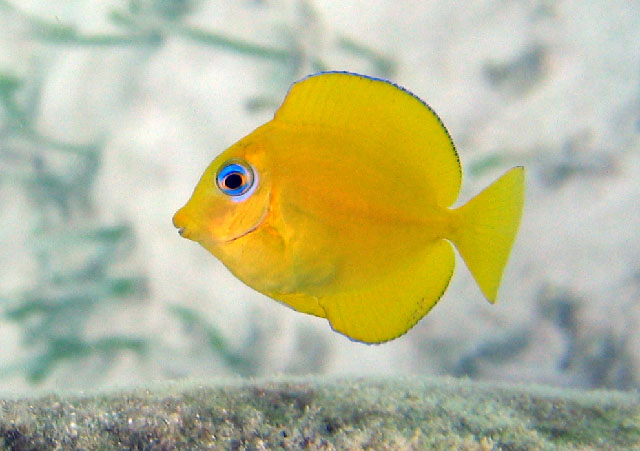| Brand |
Surgeonfish |

Enlarge Picture
|
| Category |
Fishes |
| Name |
Atlantic Blue Tang |
| Description |
Family: Acanthuridae (Surgeonfishes, tangs, unicornfishes), subfamily: Acanthurinae
Order: Perciformes (perch-likes)
Class: Actinopterygii (ray-finned fishes)
FishBase name: Blue tang surgeonfish
Max. size: 39.0 cm
Environment: reef-associated; marine; depth range 2 – 40m
Climate: tropical; 24 – 26°C; 42°N - 11°S, 100°w - 4°w
Importance: fisheries: minor commercial; aquarium: commercial; bait: occasionally; price category: medium; price reliability: very questionable: based on ex-vessel price for species in this family
Distribution:
Gazetteer Western Atlantic: New York, USA and Bermuda to the Gulf of Mexico and Brazil. Eastern Atlantic: Ascension Island.
Biology:
Inhabits coral reefs, inshore grassy or rocky areas. Forms small groups. Mainly diurnal. Feeds entirely on algae. At Fernando de Noronha Archipelago in southwestern Atlantic, juveniles hold cleaning stations together with the doctorfish (Acanthurus chirurgus) and sergeant major (Abudefduf saxatilis) and graze algae as well as pick molted skin and parasites from green turtles (Chelonia mydas). This behavior is preceded by a characteristic inspection usually followed by feeding nips on the turtles’ skin (head, limbs, and tail), as well as on the carapace. The most inspected and cleaned body parts are the flippers (Ref. 51385). The spine on both sides of the caudal peduncle may inflict painful wounds. Marketed fresh.
info from www.fishbase.org |
| Price (Sgd) |
$0.00
|
| Quantity |
|